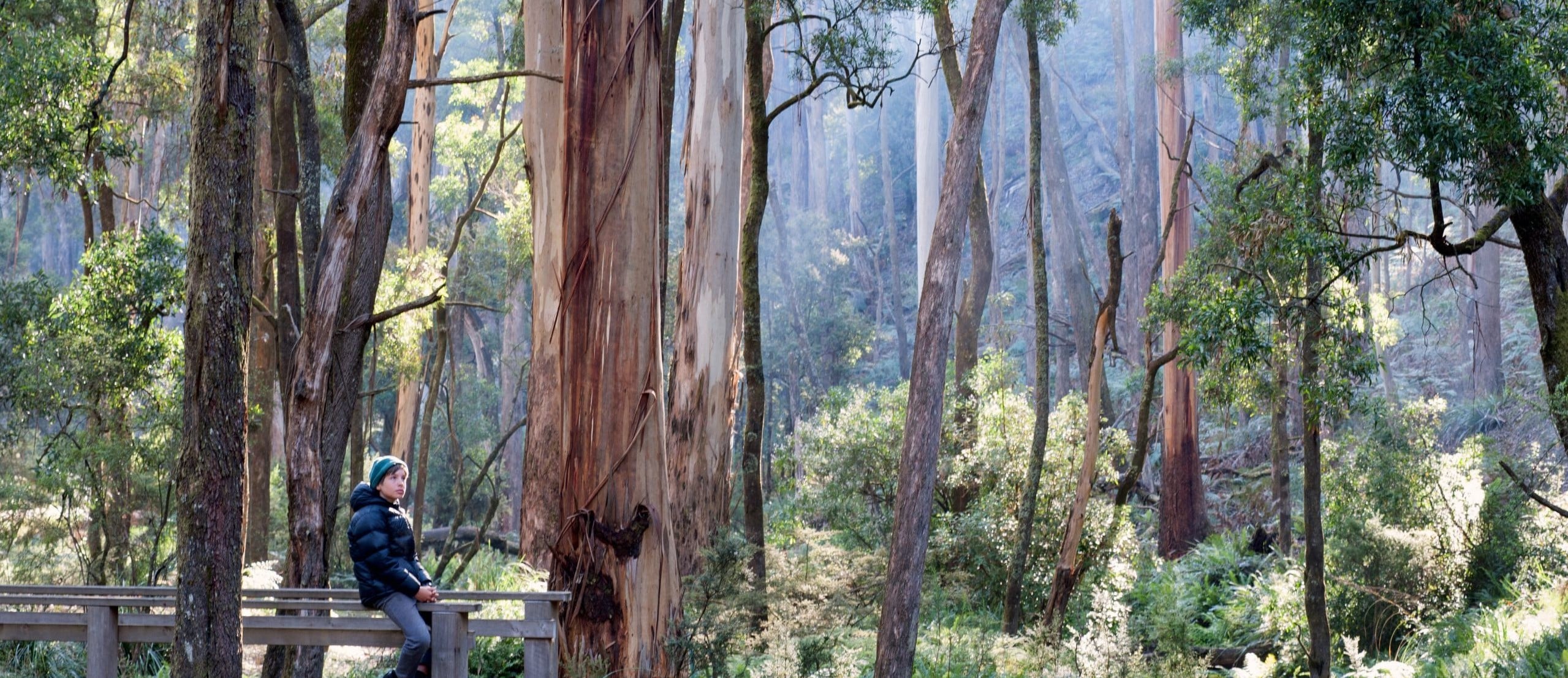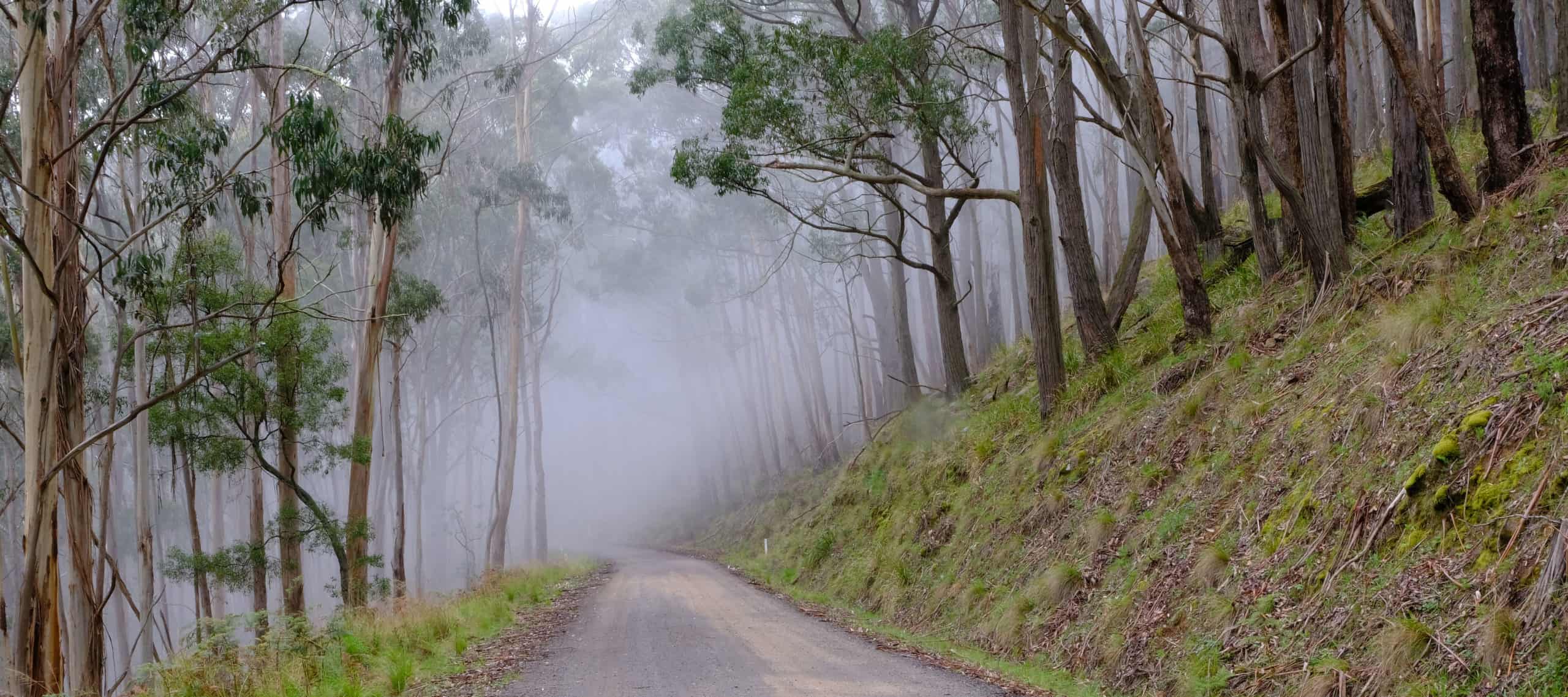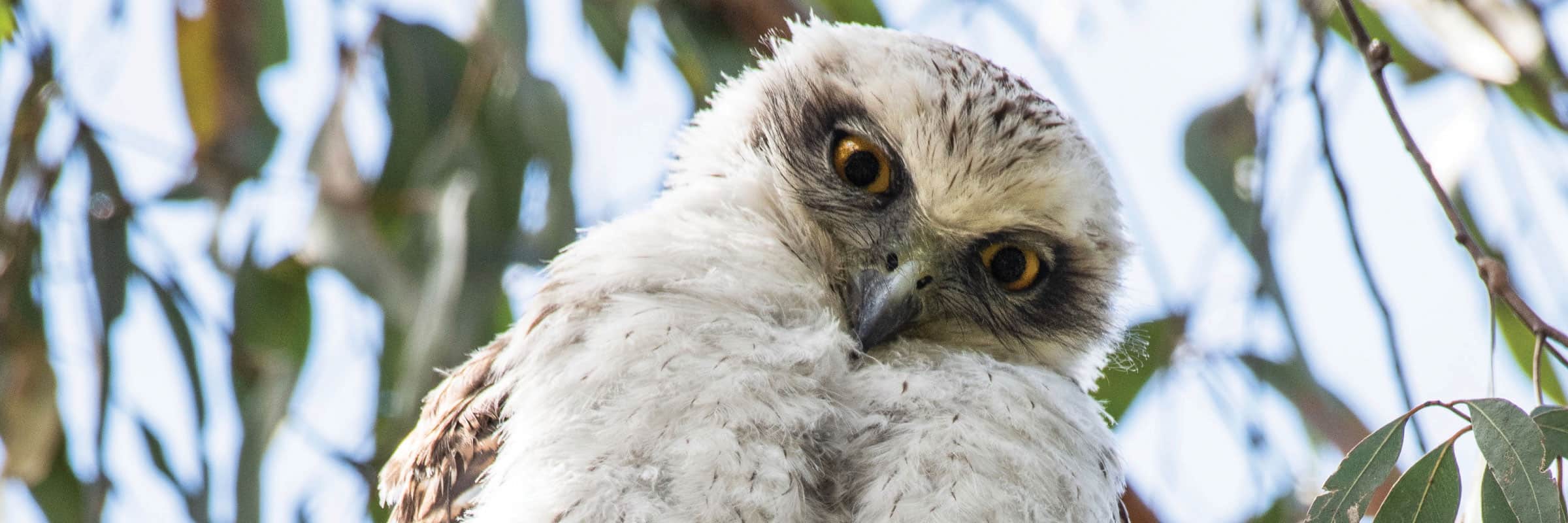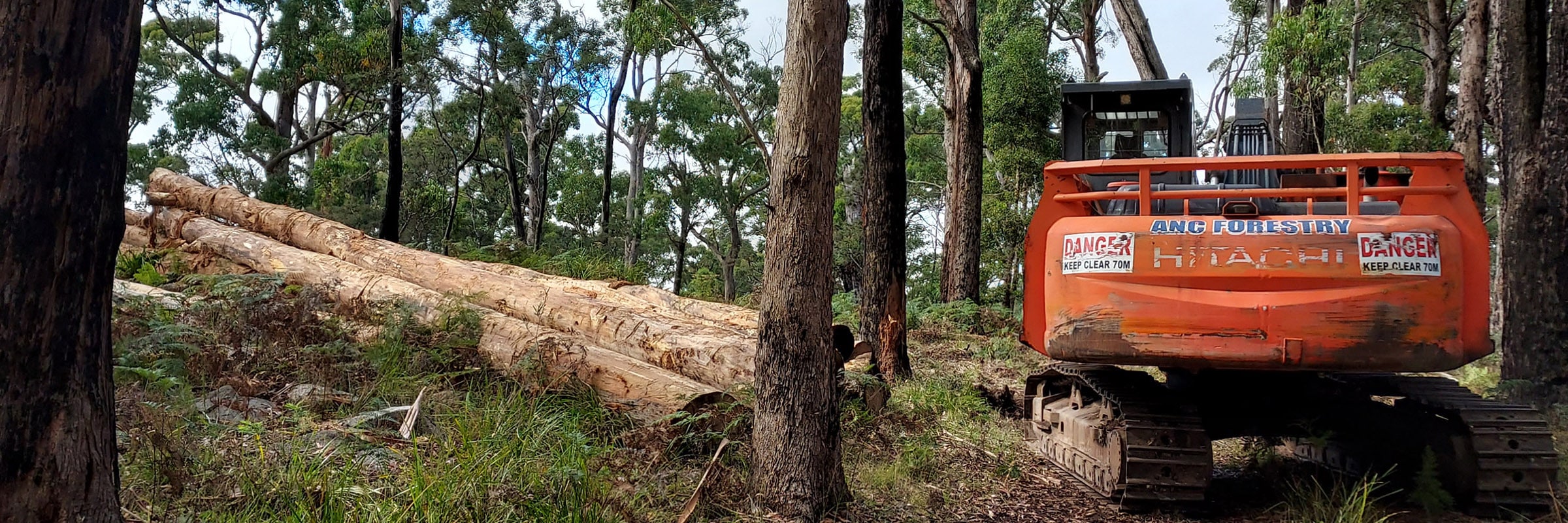Wildlife of Wellsford Forest
Dominated by eucalypts, wattles and wildflowers, this forest is an ideal place to explore and enjoy Victoria’s Box-ironbark Forests as they recover from a long history of logging. The forest provides important habitat for threatened wildlife like Brush-tailed Phascogales, Diamond Firetails, Grey-crowned Babblers, Speckled Warblers, and the nationally endangered Swift Parrot. It offers excellent examples of recovering forest, and contains native bushland of high conservation significance, linking patches in the north and south.
Threats: Logging operations, gold mining, prospecting, poorly maintained and illegal tracks causing erosion, and rubbish dumping.
Where: Just 15 kilometres north-east of the historic goldfields town of Bendigo.

Wildlife of Wombat Forest
A large and beautiful forest with huge diversity, including over 360 indigenous plants and 180 types of native animals. The Wombat bossiaea and Wombat bush-pea occur nowhere else but Wombat Forest. The forest is home to 25 rare, vulnerable or threatened plants and 15 threatened animals. This includes Spot-tail Quolls, Growling Grass Frogs, Powerful Owls, Brush-tailed Phascogales, Greater Gliders and Mountain Skinks.
Threats: Logging operations, gold mining/ prospecting, feral animals and weeds, poorly maintained tracks and signage, and poorly-planned prescribed burning.
Where: Between Daylesford, Woodend and Ballan.

Wildlife of Mount Cole Forest
A small patch of forest rising to almost 900 metres where snow gums can be found. It is home to one of Victoria’s most popular walking tracks, the Beeripmo Walk. Its forest harbours over 130 different native birds, nine threatened animals, 13 threatened plants, three endangered vegetation types and two vulnerable vegetation types, under-represented elsewhere in Victoria’s formal reserve system.
Threats: Logging operations, feral animals and weeds, poorly maintained tracks and signage, and poorly-planned prescribed burning.
Where: Just off the Western Highway, 25 kilometres from the township of Beaufort, and an hour west of Ballarat.

Wildlife of Pyrenees Forest
This high conservation value forest is home to 240 species of native plants and over 100 bird, 15 mammal and 16 reptiles, including Legless Lizards, Bearded Dragons and Tree Goannas. A range of threatened plants and animals have been recorded here. There’s Powerful Owls, Brush-tailed Phascogales, Diamond Firetails and significant old legacy trees.
Threats: Logging operations, (including in areas with Powerful Owl records), gold mining, prospecting, poorly maintained and illegal tracks causing erosion, and stock grazing.
Where: 180 kilometres from Melbourne and 70 kilometres north-west of Ballarat in the popular wine region.

Wildlife of smaller reserves
A raft of smaller state forest areas all have important natural values, including over 100 different plants and records for threatened animals. These small but important areas include Cobaw Forest, Waterloo Forest, Trawalla Forest and Musical Gully Forest. Some have endemic plants, like the unique Ben Major Grevillea (also called the drooping grevillea) restricted to a small area north of Beaufort, near Waterloo.
The Cobaws includes highly significant habitat with Eastern Pygmy-possums, Powerful Owls, Brush-tailed Phascogales and Brown treecreepers.

Special mention – the Greater Glider
Greater Gliders are one of many special residents of the central west forests. One of the fluffiest residents of the forests, this rare native is the largest gliding mammal in Australia – and the second largest in the world!
Growing to a metre in length, the Greater Glider really is a sight to behold as its glides from tree to tree. Like a kangaroo or koala, Greater Gliders have pouches where their young live while developing and to keep them safe while mum is gliding around the canopy of the forests.